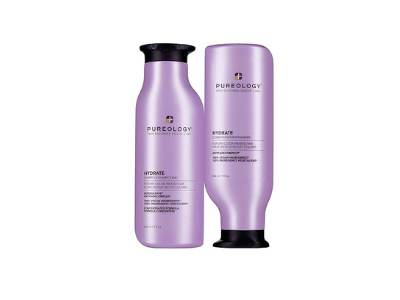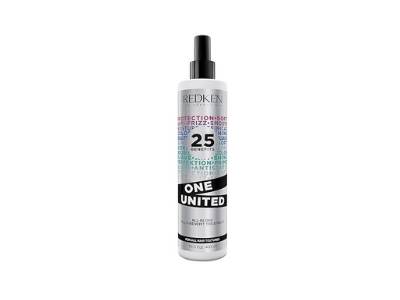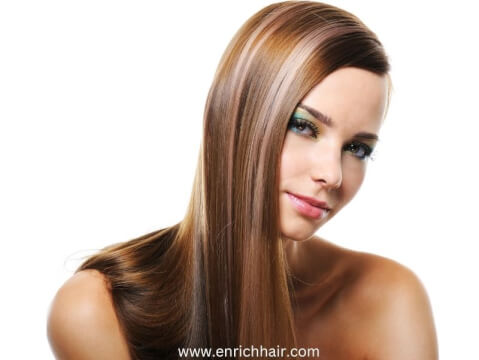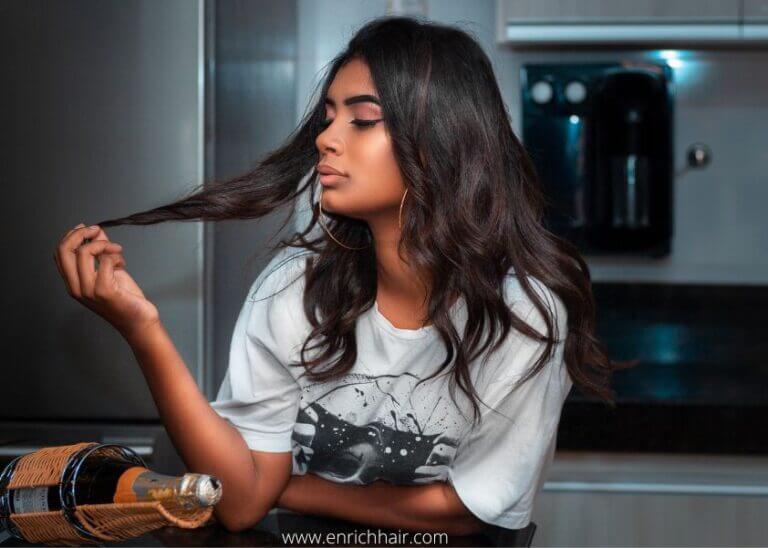Facts About Hair Rebonding After Birth
Table of Contents
Walking around the block, running errands, or even going to the grocery store – post-birth can be a trying time for any new mom. With balancing a newborn and all of the housework (or lack thereof), it’s hard to find time for oneself. But what about hair? Many women are not sure how long they should wait before returning to their normal hair routine after giving birth. And if they’re breastfeeding, is there anything they need to worry about? In this post, we’ll answer some common questions about hair rebonding after birth. So read on, new moms! You’re not alone in this journey. Hair bonding is a process of repairing hair breakage by using a protein treatment. This treatment can be used after giving birth to help hair regain its strength and elasticity. There are many different types of protein treatments available, so it is important to choose the right one for your hair type. By following these simple steps, you can help restore your hair’s health and vitality after giving birth.
How Soon Can You Get Hair Rebonding Done After Giving Birth?
Hair rebonding is a popular hair treatment that can give you sleek, straight hair. The treatment involves chemically restructuring the hair to create smooth, manageable locks. While hair rebonding can be done at any time, it’s generally recommended to wait at least six weeks after birth before undergoing the treatment. This is because pregnancy and childbirth can cause hormone levels to fluctuate, which can in turn impact the hair. Rebonding may also not be suitable for women who are breastfeeding, as the chemicals used in the treatment can enter the breast milk. If you’re considering hair rebonding after birth, it’s best to speak to a professional stylist to see if the treatment is right for you.
Things To Consider Before Getting Hair Rebonding Done
Rebonding your hair is a big decision. It’s a chemical process that changes the structure of your hair, and it’s not something you can undo. before you take the plunge, there are a few things you should consider.
- First, think about why you want to rebond your hair. If you’re unhappy with your natural hair texture, rebonding may give you the sleek, straight look you’re going for. But keep in mind that rebonding is a commitment – once you’ve done it, you’ll need to maintain your hair carefully to keep it looking its best.
- You should also be aware that rebonding can damage your hair, making it dry and brittle. If you’re thinking about rebonding after birth, wait until your hair has fully recovered from the stress of pregnancy before undergoing this treatment.
- When you’re ready to rebond, choose a reputable salon with experienced stylists who will follow the manufacturer’s instructions carefully to minimize the risk of damage. With a little research and care, you can enjoy beautiful, healthy rebonded hair for years to come.
Risks and Precautions to Consider:
Here are several risks and precautions to consider before getting this treatment done.
-
Hormonal Changes:
After giving birth, hormonal changes can affect the texture and condition of your hair. This can make it more prone to damage during the rebonding process.
-
Breastfeeding:
If you are breastfeeding, it is important to avoid hair treatments that use harsh chemicals, including hair rebonding.
-
Scalp Sensitivity:
Hair rebonding can cause scalp irritation and damage, particularly if you have a sensitive scalp.
-
Previous Hair Treatments:
If you have had previous hair treatments, such as coloring or perming, it is important to wait a certain amount of time before getting your hair rebonded.
How Long Will The Results Of Hair Rebond Last?
Hair rebonding is a hair treatment that uses chemicals to break the hair bonds and realign them into a new formation. The new formation is usually straighter than the original hair texture. hair rebonding can be done on all hair types, but it works best on hair that is naturally straight or wavy. The results of hair rebonding are temporary, and the treatment will need to be repeated every four to six weeks to maintain the new hair texture. However, some people may find that their hair starts to return to its original texture after a few months. Rebonding is not recommended for pregnant women or those who have recently given birth, as the chemicals can be harmful to the developing baby. If you are considering hair rebonding after birth, speak to your doctor or a qualified hair stylist to discuss the risks and benefits.
Step By Step Process Of Hair Rebonding After Birth
Here is the hair rebonding process explained in steps:
-
Hair Analysis:
A hair stylist will analyze your hair to determine whether it suits the rebonding process.
-
Hair Preparation:
Your hair will be shampooed and dried thoroughly to prepare it for the treatment.
-
Hair Relaxer Application:
A hair relaxer will be applied to your hair, saturating it from root to tip. This relaxer will break down the bonds that give your hair its natural shape.
-
Waiting Time:
After the hair relaxer is applied, you will wait for a certain amount of time for it to penetrate the hair and break down the bonds.
-
Rinsing:
Once the waiting time is over, your hair will be rinsed thoroughly to remove all traces of the relaxer.
-
Hair Drying:
Your hair will be dried with a blow dryer until it is completely dry.
-
Hair Ironing:
The hair will be sectioned off and each section will be ironed to straighten the hair and seal in the newly formed bonds.
-
Neutralizing Solution:
After the hair has been straightened, a neutralizing solution will be applied to your hair to restore the bonds to their original state.
-
Hair Rinsing and Drying:
Your hair will be rinsed again to remove the neutralizing solution and then dried once more.
-
Hair Styling:
Finally, your hair will be styled into its new shape using either a blow dryer or hair straightening tools.
The Best Products To Use For Post-Rebonding Care
Hair rebonding is a popular hair treatment that can give you sleek, straight hair. However, it’s important to take care of your hair after rebonding to prevent damage and keep your hair healthy. Here are some of the best products to use for post-rebonding care:

Sulfates can strip away the hair’s natural oils, which can leave your hair feeling dry and brittle. Look for shampoo and conditioner that are sulfate-free to help keep your hair hydrated.

A leave-in conditioner can help to nourish and protect your hair. Apply it after shampooing and towel-drying your hair.

If you plan on using any heated styling tools, be sure to use a heat protectant spray beforehand. This will help to prevent your hair from heat damage.
Side Effects Of Hair Rebonding
Although hair rebonding is generally safe, some potential side effects should be considered before undergoing the treatment. One of the most common side effects is hair loss. This can occur because the chemicals used in hair rebonding can weaken the hair follicles, making them more susceptible to breakage. In some cases, hair loss may be temporary and will eventually grow back. However, in other cases, it may be permanent. Another potential side effect of hair rebonding is scalp irritation. The chemicals used in rebonding can cause the scalp to become inflamed and irritated. In some cases, this may lead to hair loss. Finally, hair rebonding can damage the hair shaft, making it more likely to break. This can cause split ends and frizziness. While these side effects are not necessarily common, they should be taken into consideration before undergoing hair rebonding.
Hair Rebonding Price
Hair rebonding is a popular hair treatment that can help you achieve smooth, sleek hair. The price of hair rebonding treatments can vary depending on the length and thickness of your hair, as well as the type of rebonding treatment you choose. However, on average, you can expect to pay between $200 and $400 for a hair rebonding treatment.If you are considering hair rebonding after birth, it is important to note that this treatment can be more expensive than regular rebonding treatments. This is because post-natal hair is often more damaged and difficult to treat. As a result, you may need to pay a higher price for hair rebonding after birth. However, the results of this treatment can be worth the extra cost.
Conclusion
So, is hair rebonding after birth a good idea? The answer to that question is unfortunately not so clear-cut. Some women swear by it as the best way to restore their hair’s health and appearance after giving birth, while others find that the process causes more damage than it fixes. Ultimately, whether or not you decide to get your hair rebonded after birth is up to you – but we recommend doing your research first and talking to a professional about what might be the best course of action for you and your specific situation.







